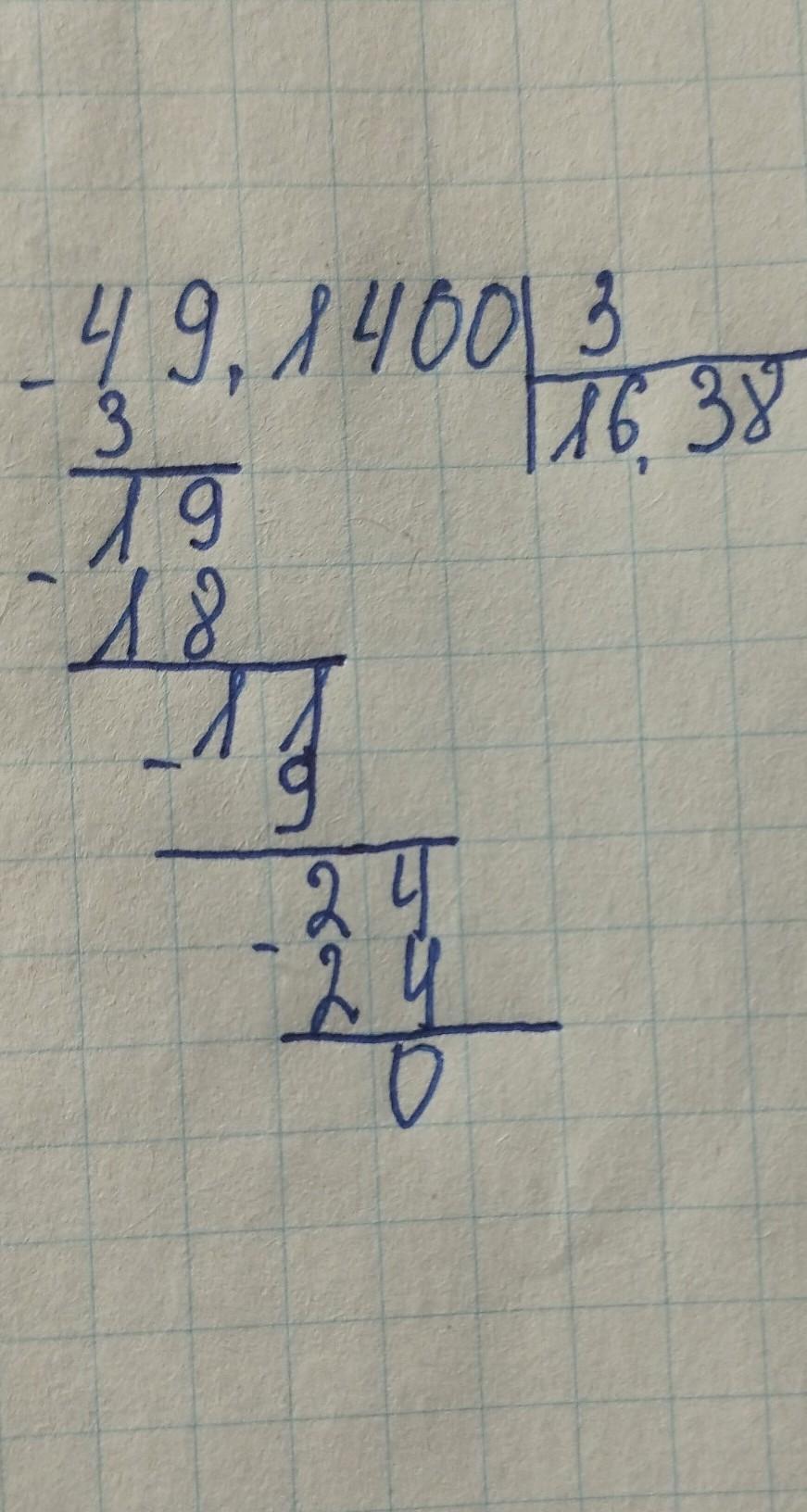Предмет: Математика,
автор: Аноним
Можно ли делить десятичные числа в столбик? Если да, покажите как НА ЛИСТКЕЕЕЕЕЕЕЕЕ!!!!!!!!!!!!!!!!!!!!!!!!!!!!!!!!!
Ответы
Автор ответа:
1
.............. .. .
Пошаговое объяснение:
вроде бы так)
Приложения:

Похожие вопросы
Предмет: Химия,
автор: qwertyxxxf
Предмет: Математика,
автор: melana213
Предмет: Окружающий мир,
автор: nazarik53
Предмет: Информатика,
автор: zhanserikkaniev